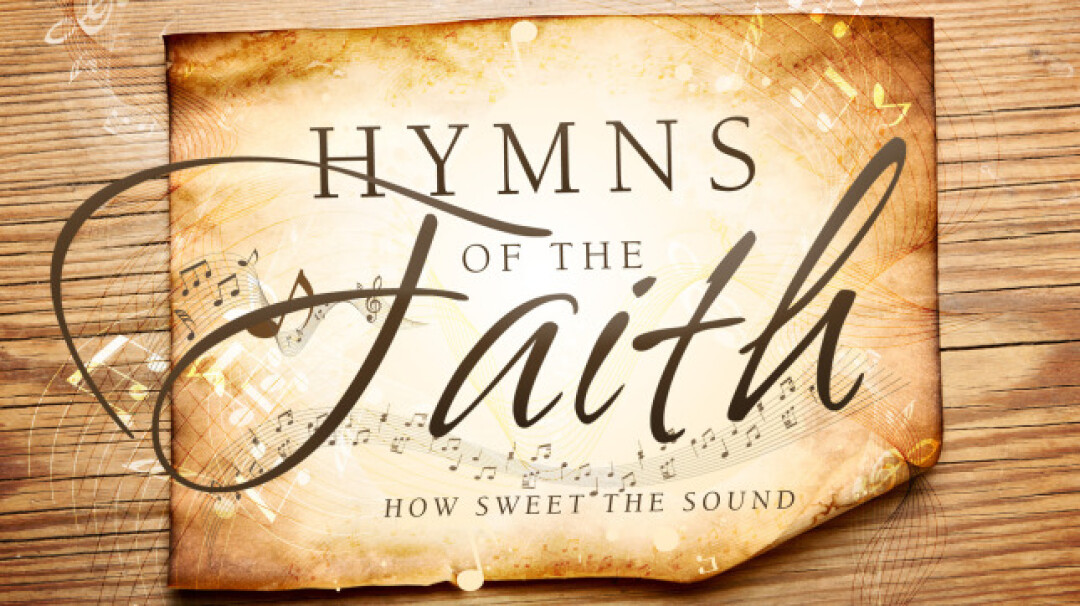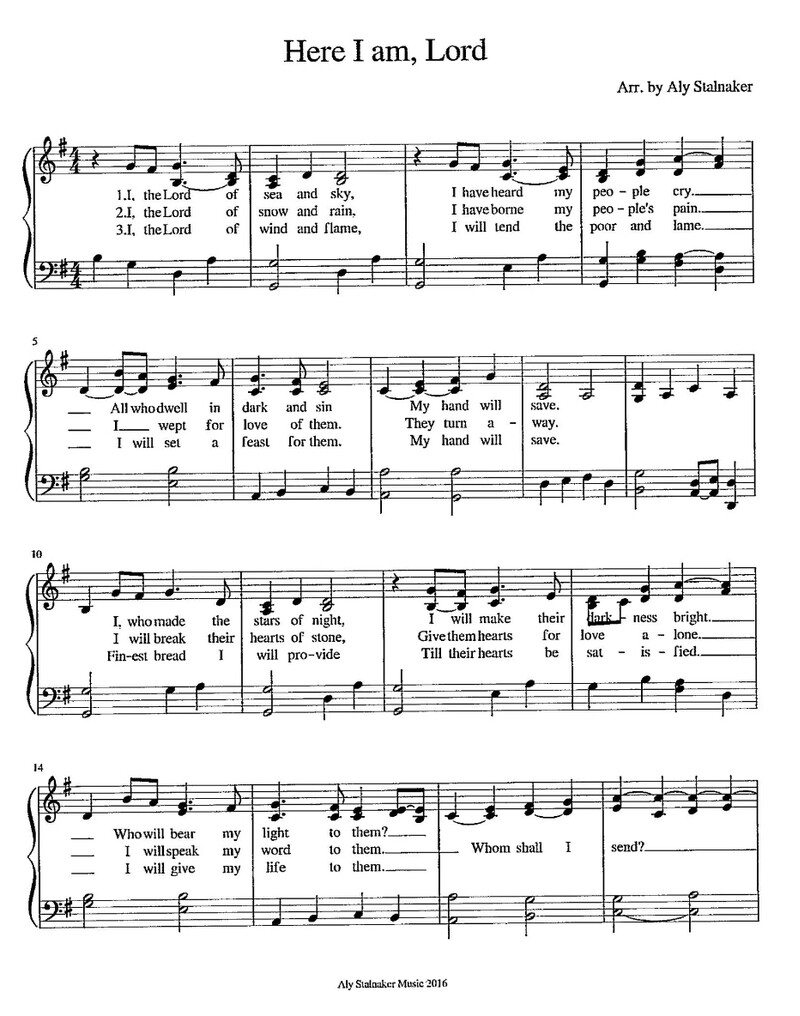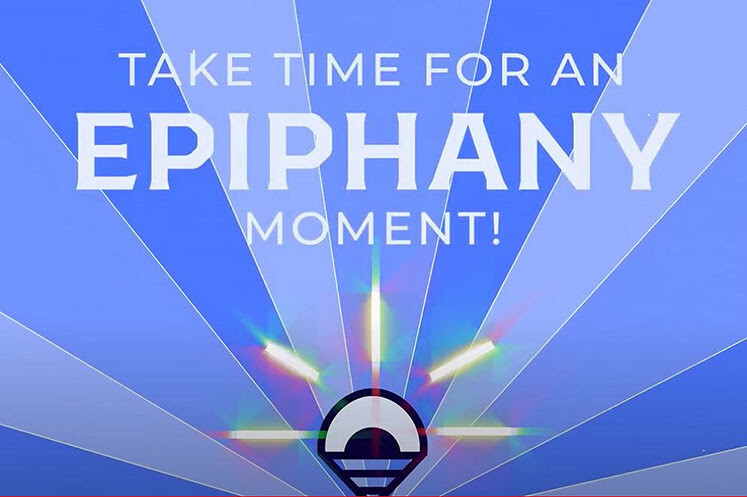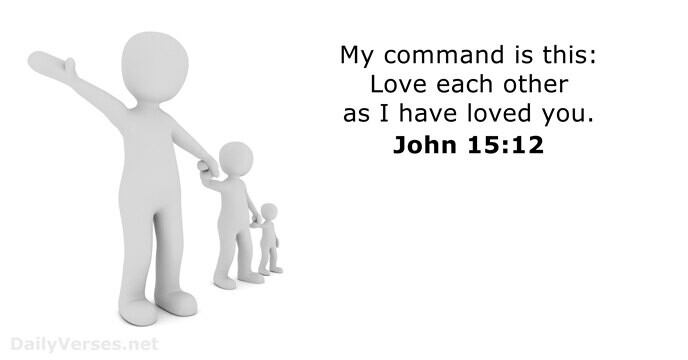

“Here I Am, Lord” – Congregation Request | August 3, 2025 | Pender UMC
On Sunday, August 3, 2025, Pender United Methodist Church lifted voices in worship with the hymn “Here I Am, Lord”, a beloved request from a member of the congregation.
Led by Worship Leader Andy Kaye, the congregation joined together in this powerful song of calling and response, accompanied beautifully by Heidi Jacobs on piano. A heartfelt reminder of God’s call to each of us to serve, love, and follow faithfully.
Experience the full worship service here: https://youtube.com/live/RxqjoJlLtGs?feature=share
Sunday, May 18, 2025, was a spiritually enriching day at Pender United Methodist Church, marked by heartfelt worship and meaningful reflection. We were blessed to welcome Arlet Williams as our guest speaker, who shared a powerful message of faith and calling.
The service concluded with the beloved hymn “Here I Am, Lord,” sung by the Sanctuary Choir and congregation and beautifully accompanied by Heidi Jacobs on piano. This closing moment served as a powerful response to the day’s message—a declaration of our willingness to answer God’s call.
Sunday, May 19, 2024, was a spiritually enriching day at Pender United Methodist Church as we celebrated both Pentecost and our Annual Faith Promise Missions Conference. This special day was filled with music, messages, and inspiration.
The closing hymn sung by Pender's Sanctuary Choir, congregation and accompanied by Heidi Jacobs was "Here I Am, Lord".
"Here I Am, Lord" by Dan Schutte
The United Methodist Hymnal, No. 593
I, the Lord of sea and sky,
I have heard my people cry,
All who dwell in dark and sin
my hand will save.
I, who made the stars of night,
I will make their darkness bright.
Who will bear my light to them?
Whom shall I send?
Refrain: Here I am, Lord. Is it I Lord?
I have heard you calling in the night.
I will go, Lord, if you lead me.
I will hold your people in my heart.
Experience the power of community and faith at Pender as we gathered to renew our commitment to spreading God's love across the globe.
See the rest of this service below:
When The United Methodist Hymnal was published in 1989, one of the most popular hymns was immediately “Here I Am, Lord” (1981) by Daniel Schutte (b. 1947).
The stirring refrain is perhaps the first part of the hymn to capture the singer’s imagination. In my experience teaching congregational song throughout the United States, I have found that many Protestants are unaware that this hymn represents Roman Catholic renewal music resulting from the Second Vatican Council (1962-1965).
Mr. Schutte is a native of Wisconsin. He received his education at St. Louis University with a bachelor’s degree in 1973, a master of divinity degree in 1979 at the Jesuit School of Theology, Berkeley, Calif., and a master’s degree in 1980 at the Graduate Theological Union in Berkeley.
Following graduation, Mr. Schutte joined the Jesuits and served as the director of liturgy at Marquette University (1982-1986). He entered parish ministry in Milwaukee serving as director of music at Immaculate Heart of Mary and then Our Lady of Lourdes parishes.
Mr. Schutte has also received an honorary doctorate from the University of Scranton. He is currently director of music at the University of San Francisco, a Jesuit institution, and tours extensively as a Christian concert artist. Of his many hymns, “Here I Am, Lord” is the most commonly sung.
A salient feature of Catholic renewal hymnody since the Second Vatican Council is a stirring and memorable refrain. “Here I Am, Lord” recalls immediately Isaiah 6:8: “Then I heard the voice of the Lord saying, ‘Whom shall I send, and who will go for us?’ And I said, ‘Here am I; send me!’”
An unusual attribute of this hymn is the change in point of view that the singer makes between the stanzas and the refrain. The stanzas speak from the perspective of God in the first person singular, while the refrain, though remaining in first person, is from the perspective of the singers of the hymn offering their lives to God.
Each stanza reflects a paradox. The powerful God, creator of “sea and sky,” “snow and rain” and “wind and flame” is also the God who hears the “people cry,” bears the “people’s pain” and “tend[s] the poor and lame.”
This is a hymn of transformation. God transforms the darkness into light in stanza one, melts “hearts of stone” with love in stanza two and nourishes the “poor and lame” with the “finest bread”—a clear Eucharistic reference.
Each stanza ends with the question, “Whom shall I send?” Rhetorical questions are very common poetical devices in Christian hymnody, but this is not one of them. The refrain immediately offers the response, “Here I am, Lord.”
In the Roman Catholic context, congregational hymns were interjected into the liturgy at several points following Vatican II: the opening processional, the offering, during the Eucharist and after communion.
Drawing upon the appropriate Lectionary reading of the day, this hymn might be sung at the offering, or perhaps during the Eucharist (noting the reference to bread in the final stanza), but most likely at the conclusion of the Mass following the Eucharist.
Given the dual points of view between the stanzas and the refrain, it is also possible that a cantor or choir may sing the stanzas, with the people responding on the refrain. The popular style is easily accessible to the assembly.
We are all grateful for this gift from a Roman Catholic composer to the church universal, a gift that has become one of the hymns most often sung by our generation.
From https://www.umcdiscipleship.org/resources/history-of-hymns-here-i-am-lord


